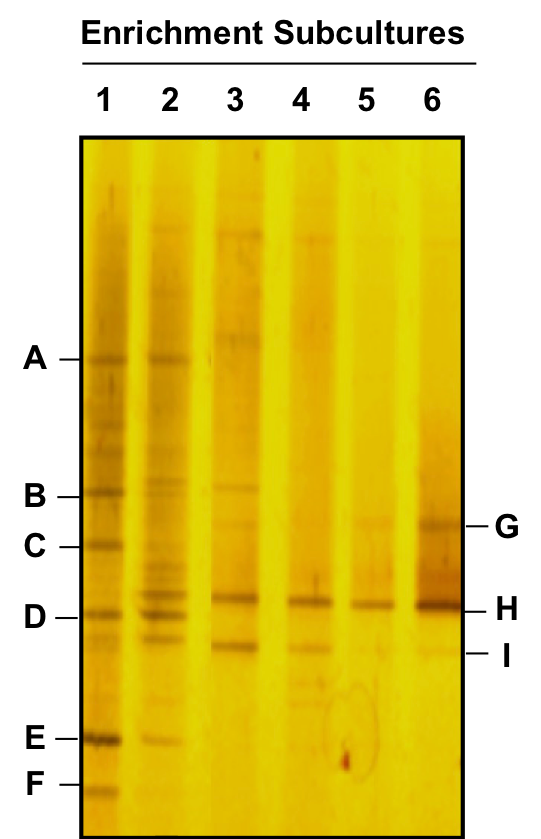Revista Mexicana de Ingeniería Química, Vol. 18, No. 2 (2019), Bio293
Enhanced removal of methyl tert-butyl ether by yeast extract supplementation to a bacterial consortium
|
C. Guerrero-Barajas, B.M. Alanís-Sánchez, C.M. Flores-Ortiz, J.A. Cruz-Maya, J. Jan-Roblero
https://doi.org/10.24275/rmiq/Bio293
Abstract
 |
|
Methyl tert-butyl ether (MTBE) is highly soluble in water and considered a contaminant. Although MTBE can be removed by microbial consortia its removal efficiency is low due to its toxic effect on microbial growth. An alternative to enhance the MTBE degradation efficiency is by cometabolism. Yeast extract (cometabolite) was studied in the EB-MTBE-24 consortium to enhance the MTBE degradation efficiency in cultures at 110 mg L-1 of MTBE and in cultures at 110 mg L-1 of MTBE supplemented with 100 and 500 mg L-1 of yeast extract (100YE and 500YE, respectively). The 100YE culture presented higher values of mmax= 0.07±0.02 h-1, degradation efficiency 77.63 ± 1.16 % and a global degradation rate 0.90 ± 0.05 h-1 than the culture without YE addition. The 500YE culture presented the lowest MTBE degradation efficiency. The kinetics of MTBE degradation for the 100YE culture is described by first-order and pseudo-first-order reaction models. The cultivable fraction of the EB-MTBE-24 consortium is constituted by Sphingobium barthaii C1, Gordonia polyisoprenivorans C2, and Ochrobactrum anthropi C3. The 100YE culture of the EB-MTBE-24 consortium possess a greater potential to degrade high MTBE concentrations at a high rate suggesting that the YE minimizes the MTBE inhibitory effect on microbial growth.
Keywords: MTBE removal, bacterial consortium, cometabolism.
|
|
 |

